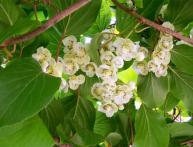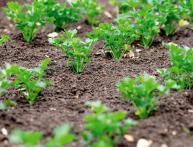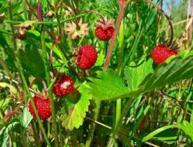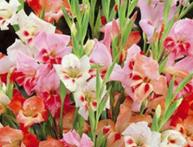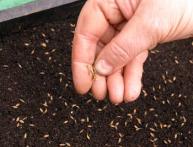Planting Schisandra chinensis requires special knowledge, patience and time.
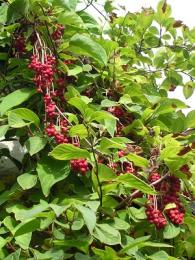
Every year more and more exotic and unusual plants appear in our gardens. And although many of them are planted only for decorative purposes, quite a lot of the fruits of such plants have already found use among our housewives and traditional healers.
Schisandra chinensis can be found quite often in our latitudes and is valuable due to its liana-like appearance, the edible berries of which are valuable not only for their beauty, but also for their beneficial properties. Planting Schisandra chinensis requires compliance with a fairly impressive list of rules, so before purchasing seedlings of this plant, think again about whether you can properly care for this oriental plant. it's been known for a long time. that the East is a delicate matter.
The most important rule for Schisandra chinensis is good soil drainage. Sometimes you just need to fill a small bed, which artificially creates conditions for a kind of dry soil. Schisandra chinensis should be planted 50 cm apart from each other, and the vines should be from different species or different places. This trick will significantly increase your yield, unless, of course, you are planting ordinary garden lemongrass.
Planting Schisandra chinensis involves planting seedlings to the depth at which they grew before, i.e. The root collar of the plant should be located above the soil.The vines themselves must be provided with support on which the plant will grow, and although Chinese lemongrass is quite shade-tolerant, it needs the sun to bear fruit.
In general, caring for Chinese lemongrass is quite troublesome, because this plant is very fragile from roots to shoots, which means it is exposed to a huge number of unfavorable external factors.

